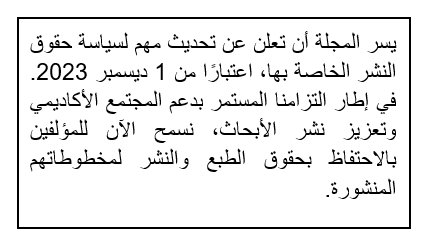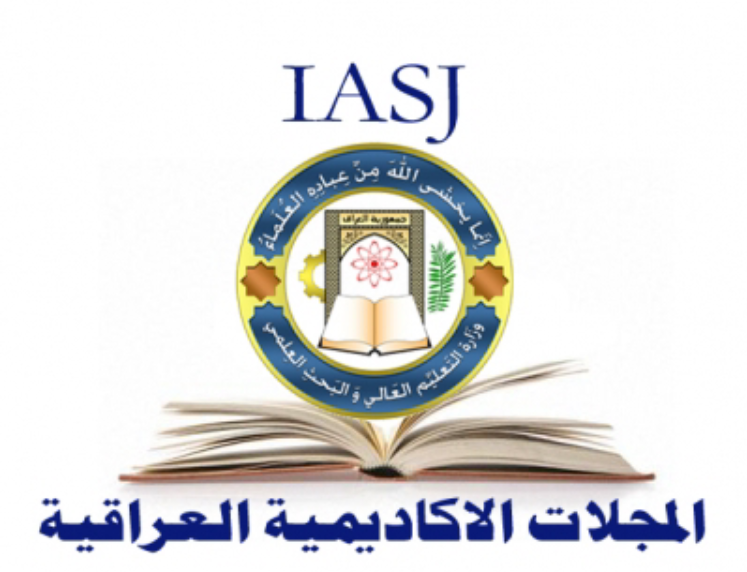(استراتيجية توظيف القوة الناعمة في الشؤون الخارجية (مصر ما بعد نظام مبارك:دراسة تحليلية
DOI:
https://doi.org/10.30907/jj.v0i56.135الملخص
الملخص : مفهوم القوة الناعمة " "Soft Power؛ يعد من المفاهيم الحديثة نسبيا التي جذبت اهتمام الباحثين والسياسيين على السواء. فقد ظهر المفهوم في ادبيات العلاقات الدولية مطلع التسعينات من القرن العشرين للتأكيد على اهمية الادوات غير العسكرية في تنفيذ السياسة الخارجية وقدرة الدولة على التأثير على غيرها من الدول وتحقيق اهدافها ومصالحها من خلال التأثير الثقافي و/ او الايديولوجي. ويرجع المفهوم بجذوره الى نمط الاحتلال الفرنسي الذي قام على التأثير الثقافي في الدول الواقعة تحت الاحتلال كضمانة اساسية لاستمرار النفوذ والهيمنة الفرنسية عليها. ولقد اكتسب المفهوم اهمية خاصة بعد فشل القوة العسكرية الامريكية في تحقيق اهدافهم في افغانستان والعراق. فقد اثبتت الأزمتين ان القوة العسكرية ليست فعالة على نحو مطلق وكذلك سياسة العقوبات الاقتصادية والحصار،ولعل المثال الواضح على ذلك العراق في فترة ماقبل الاحتلال الامريكي وايضا الحالة الايرانية.






 ©️ 2023 The Author(s). Published by College of Political Science, University of Baghdad. This is an Open Access article distributed under the terms of the
©️ 2023 The Author(s). Published by College of Political Science, University of Baghdad. This is an Open Access article distributed under the terms of the 












